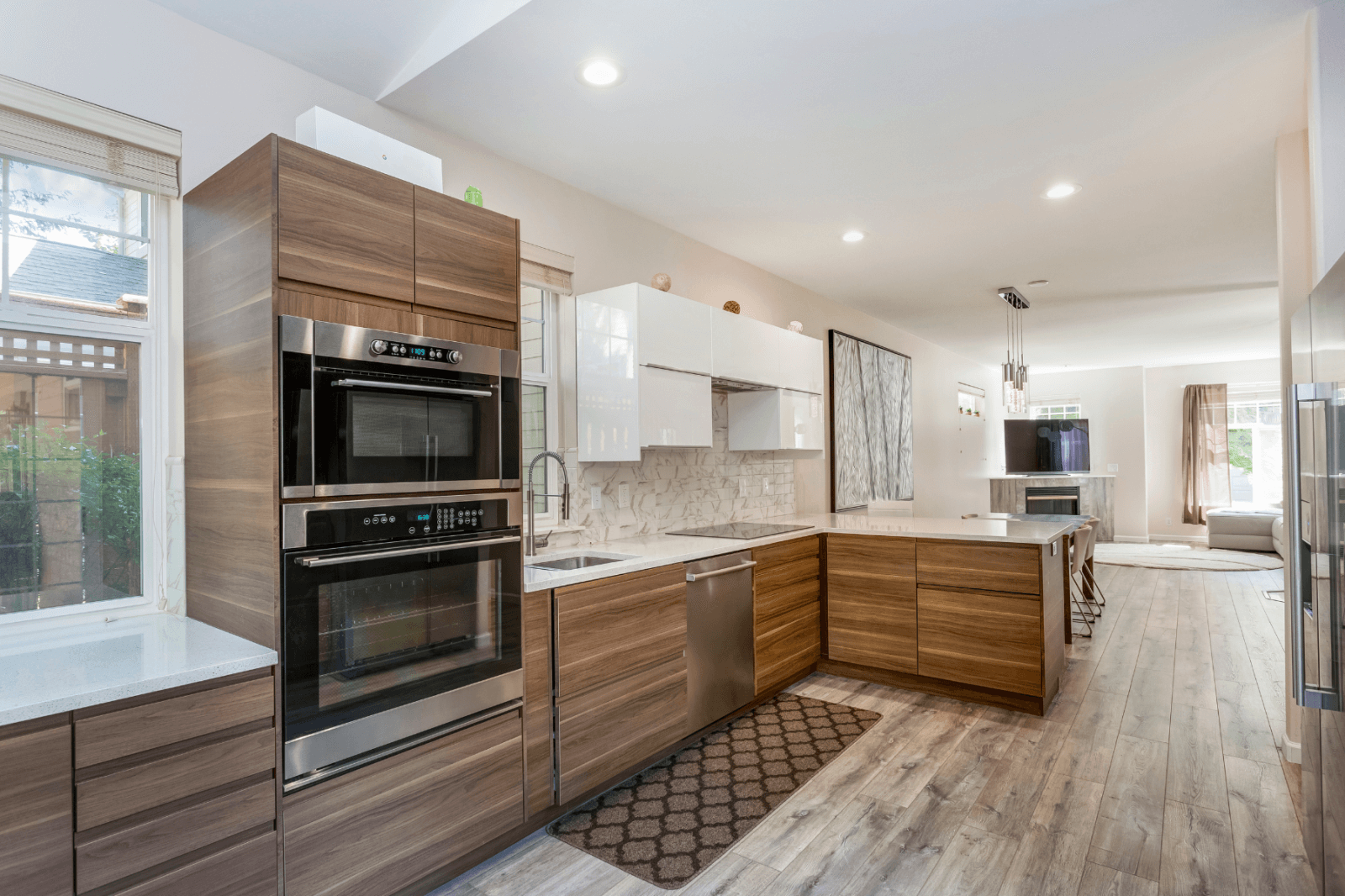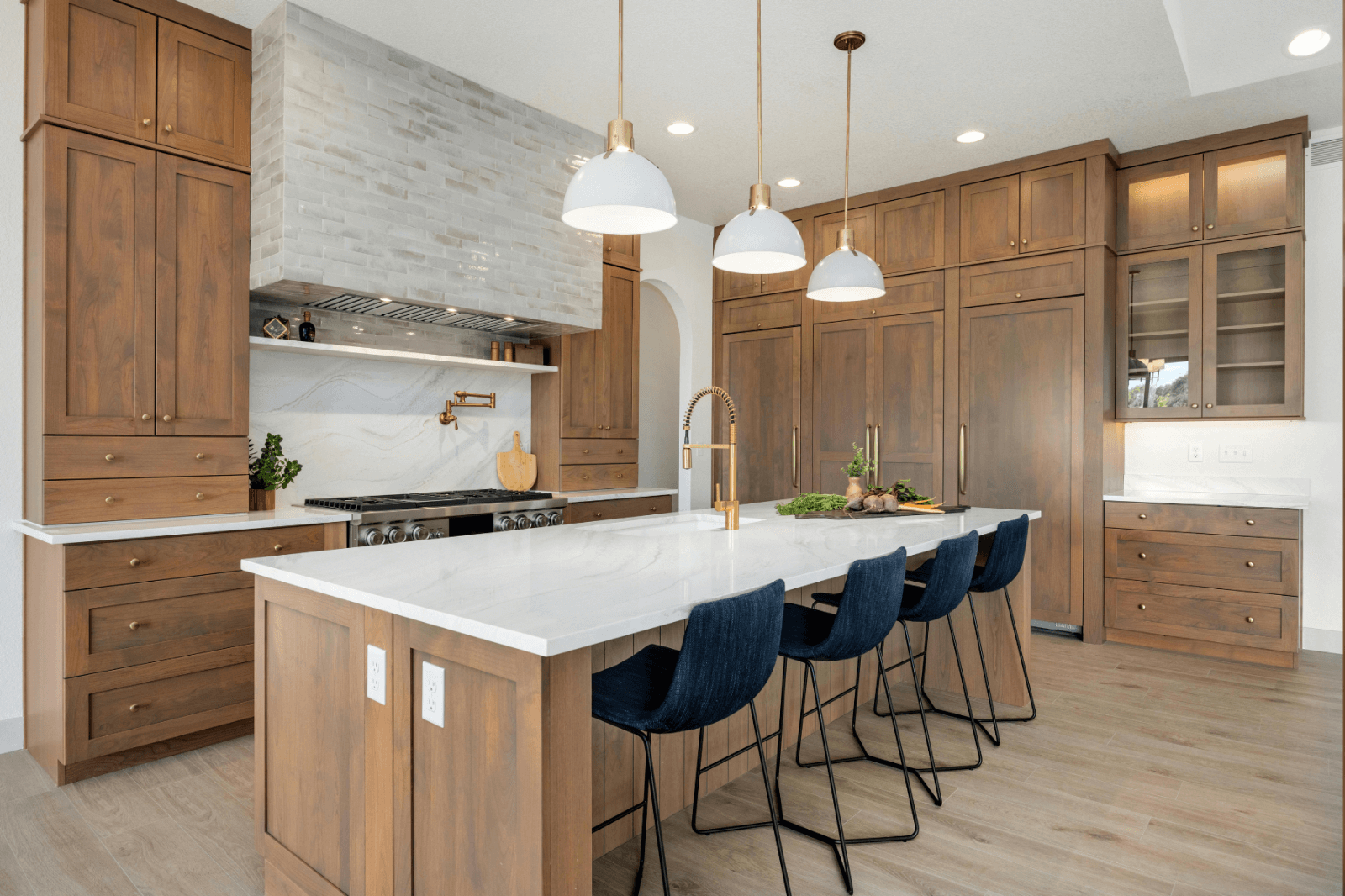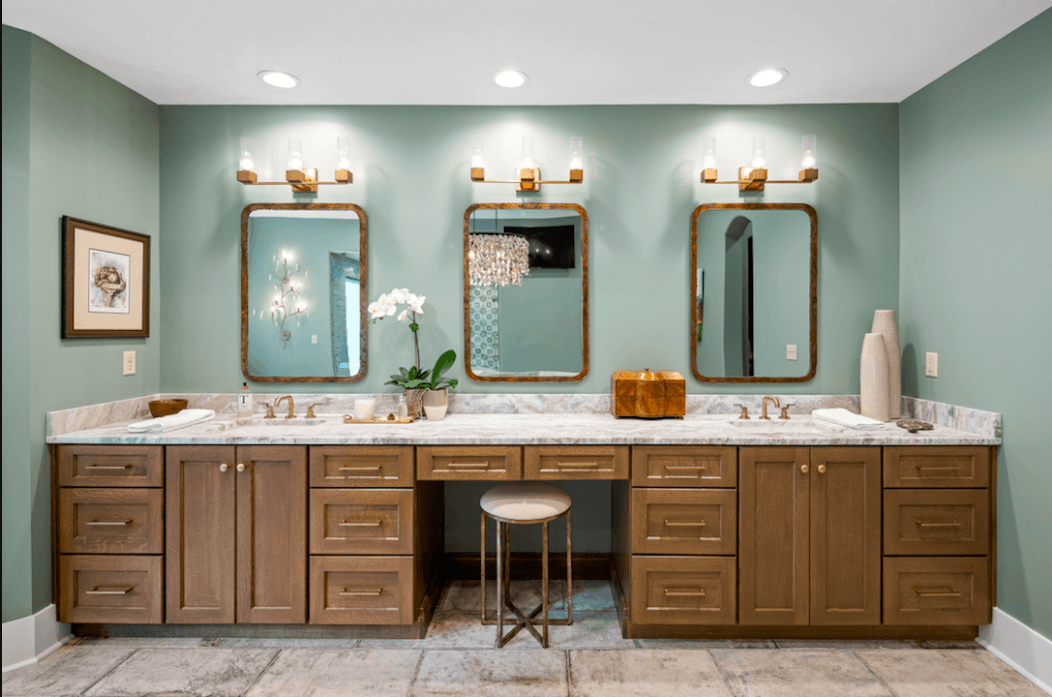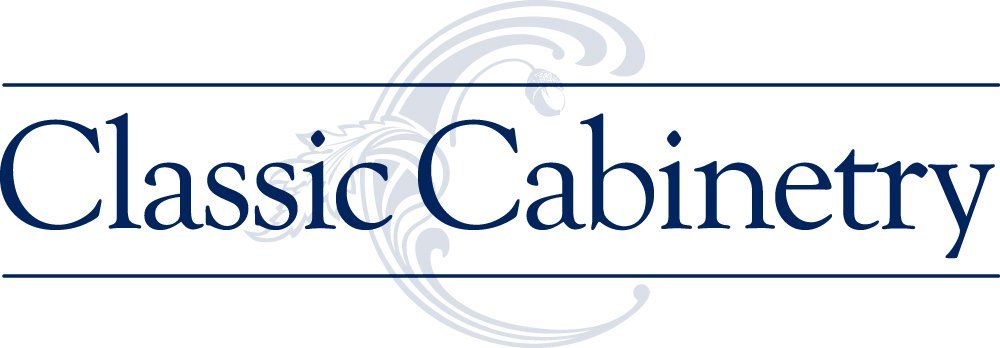Radiant Heated Floor Systems
As homeowners in Chattanooga prepare for chillier temperatures, imagine the feeling of stepping out of bed onto a warm and toasty floor. Radiant heat is one of the most luxurious and appreciated features of new baths and kitchens among homeowners in Chattanooga and almost always is a wow factor to help sell a home.
Not only does radiant heating enhance the quality of a home, but it also has functional value by counteracting the negative effects caused by the fact that hot air rises and heating overhead areas where heat is not needed. Radiant heat slowly emerges from the floor gradually allowing for more efficient and better heat distribution than conventional forced air systems. When your feet are warm, you don’t need as much heat in the rest of your home to feel comfortable. This is a particularly important in open floor plan homes with high ceilings. Radiant heating systems allow homeowners in Chattanooga to use their heat and energy expenditures more efficiently by heating the lower half of a space more and the top half less. The difference is seen in lower monthly utility bills, which is more than welcomed in today’s era of high energy costs.
A question many homeowners in Chattanooga have is where should a radiant-heating systems be installed? We generally recommend bathrooms, especially the primary bath, the kitchen, other bedrooms and spaces that are not carpeted. These include entryways, mudrooms and foyers. Imagine coming home in a snowy day and removing your shoes to find a heated floor that immediately takes the chill off.
Another creative radiant heating application is in countertops. Imagine the impact on family and guests dining on your new island that automatically warms plates, soup bowls or coffee cups?
The two most popular radiant heating systems found in homes in Chattanooga are hydronic and electric. Hydronic systems are the more efficient option, because they use hot water to heat the floor through a network of tubes embedded in concrete slabs or in a layer underneath tile, stone, wood or other floor-covering material. Electric radiant heating systems may be a more efficient option depending on the cost of electricity during non-peak hours. There are also heated matts that can target specific areas such as around the toilet or in front of the vanity if a whole home or floor option is not viable.
How can radiant heating make your home more enjoyable and valuable? Give us a call at 423-266-0077 or make an appointment to visit our showroom either in person at 2601 Broad St or virtually.
